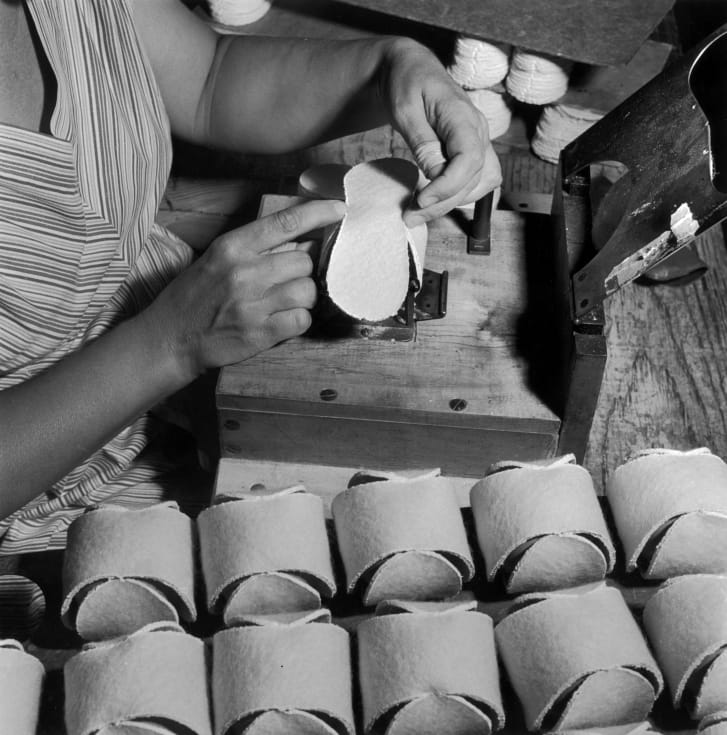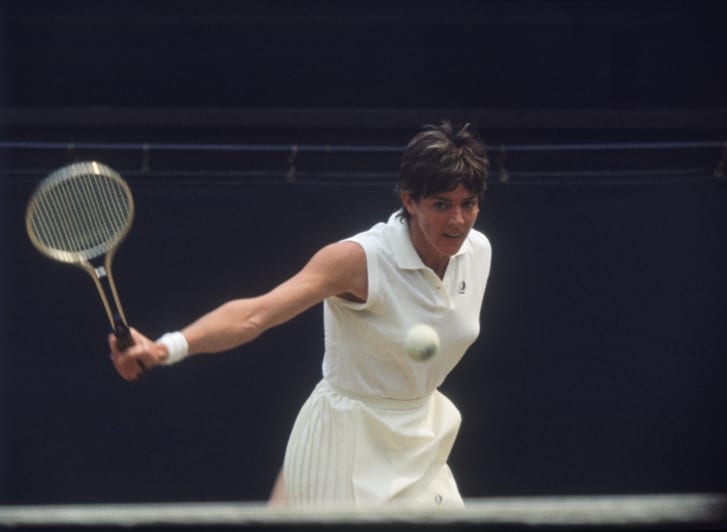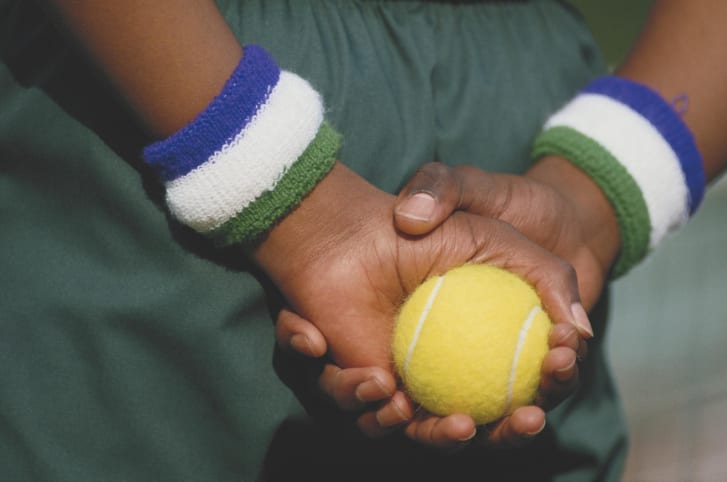onsider the tennis ball. The small neon orb is so ingenious in its design that it simultaneously inhabits the highest levels of perhaps one of our most demanding sports, fits snugly on the legs of faulty chairs and is favored by man's best friend.
The tennis ball is such an unassuming object in our lives that we take its appearance for granted. Who hasn't stumbled upon one of them, forgotten, in the far corner of their closet or garage?
Despite its passive presence, one of the most frenzied internet debates of 2018 centered on its distinctive color: Is it actually yellow, or is it green? The shade in question originates from an unlikely source: David Attenborough, the legendary British documentarian known internationally for his "Planet Earth" series, played a pivotal role in how we see the tennis ball today.
The sport of modern tennis was born out of the English game of lawn tennis, which by most accounts was invented in the 1870s. Lawn tennis was an outdoor adaptation of the indoor racket game "real tennis," which itself was an adoption of the French pastime jeu de paume, or "the palm game."

The wool cover is being applied to the cemented halves of a tennis ball. Credit: Orlando/Hulton Archive/Getty Images
After many iterations, including balls made of cork, wool and even human hair, the tennis ball found what was then its ideal form: a ball made of a rubber core encased in white or black melton, a tightly woven and felted fabric.
For nearly a century, tennis balls were white or black. It wasn't until 1972 that tennis balls took on their bright neon hue. At the time, Attenborough was working as a studio controller for the BBC. In the late 1960s he had led the charge for the BBC to broadcast Wimbledon, perhaps the most iconic of tennis tournaments, in color for the first time ever.

Margaret Court competing against Evonne Goolagong in the Ladies' Singles Final at Wimbledon, 2nd July 1971. Credit: Express/Hulton Archive/Getty Images
Broadcasting tennis in color brought the matches to life, but it made tracking the ball on screen difficult -- especially when it fell near the white courtlines. So the International Tennis Federation (ITF) undertook a study that found that yellow tennis balls were easier for home viewers to see on their screens.
An official 1972 ITF rule change required that all regulation balls have a uniform surface and be white or yellow in color. However, despite the difficulties for TV viewers, Wimbledon did not change the ball color to yellow until 1986.
In 1991, the Chicago Tribune ran a story about white tennis balls making a comeback. In reality, as the article states, most manufacturers never stopped producing white balls in smaller quantities. Penn product manager Steve Morris told the Tribune that white tennis balls played on "nostalgia and collectors' 'edition sense.'"
Not everyone agreed. Grant Golden, a former United States clay court champion, declared that the comeback of white tennis balls would "go right down the toilet" because "the yellow ball is perfect."

A ballboy holds a tennis ball in preparation during the Wimbledon Lawn Tennis Championships in London, England in 1987. Credit: Getty Images/Getty Images Europe/Getty Images
The unmistakable shade of the tennis ball is officially called "optic yellow" by the ITF. But a Google search for "optic yellow color" leads to the online color encyclopedia ColorHexa. There, the shade is listed as #ccff00 and marked as "Fluorescent yellow or Electric lime."
The conversation grew to such a degree that even tennis legend Roger Federer weighed in, saying, "They're yellow, right?" Despite
the ITF's position, the general consensus was that there may not be a true right answer. Maybe you're a Roger Federer fan and agree with the Swiss legend that the ball is yellow. Or, maybe you're a Rafael Nadal fan and, out of principle, side with green.
Either way, the next time a tennis ball comes rolling out from the recesses of your closet, take a moment to regard the power of its humble design.

No comments:
Post a Comment